Skype for Windows 7.0 sports redesigned, touch-friendly interface
Microsoft has released Skype for Windows 7.0, unveiling a major redesign of its Skype desktop client in the process. Many of the new features debuted in a Preview pre-release that coincided with the release of Skype for Mac 7 back in October.
The final release adds several new features not present in the original preview build, including two new compact view options and support for touchscreen displays.

Windows 8.x is no longer a huge embarrassment to Microsoft
Last month Windows 8.x's usage share did something very surprising -- it went up. Massively, according to figures from web analytics firm NetMarketShare. The tiled OS had been losing share for months, but in October it suddenly took off like a rocket, packing on 4.54 percentage points share in a single month, mostly at the expense of Windows XP.
It wouldn’t have been a total surprise to see Windows 8.x's growth stop, or go back into reverse gear in November, but actually, both Windows 8 and 8.1 showed positive gains once again.
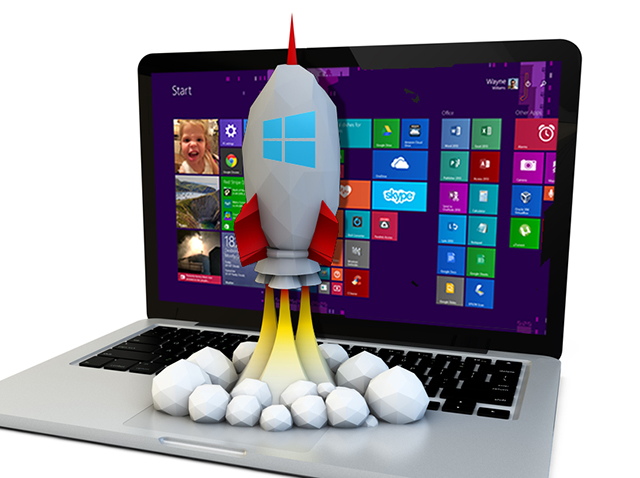
Windows 8.1 finally takes off -- shows staggering market share growth
Hands up if you saw that coming? We’ve been so used to Windows 8 and 8.1 losing usage share month on month, that any kind of move in the right direction -- i.e. growth -- seems almost an anomaly. And when Windows 8.x does gain usage share, it’s usually pretty minimal.
Not in October. According to the latest usage share figures from web analytics firm NetMarketShare, Windows 8 use grew in that month, and Windows 8.1 (finally) took off like a rocket. In fact, Windows 8.1’s growth in that month is so impressive you’ve got to imagine the number crunchers at NetMarketShare spent a long time checking and re-checking their findings to make sure there wasn’t a mistake at their end.
Skype for Mac 7.0 and Skype for Windows 7.0 Preview sport radical new look
Microsoft has released Skype for Mac 7.0 and Skype for Windows 7.0 Beta, unveiling a major redesign of its Skype desktop client in the process.
Version 7.0’s new design mirrors closely that found on Skype’s mobile platforms, and is designed to provide users with a more unified experience across all devices they use it on.
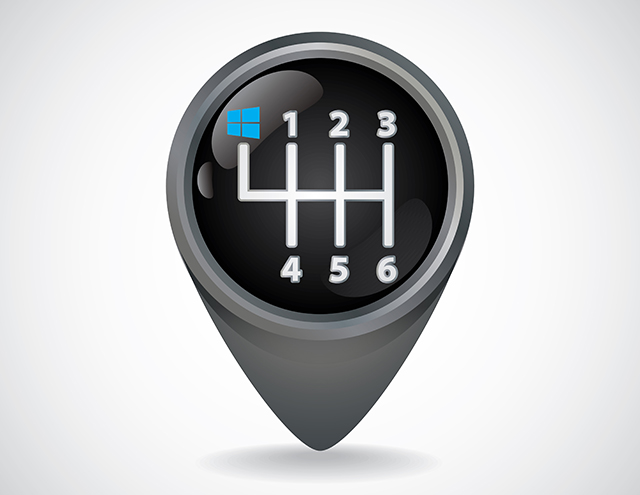
Windows 8.x goes back into reverse gear, losing the most usage share yet
Windows 10 really can’t come soon enough for Microsoft as its predecessor is continuing to tank. In August the tiled OS actually gained usage share -- according to web analytics firm NetMarketShare -- which was unusual as 8.x had lost users in the previous two months. But any suggestions of a recovery are swiftly crushed looking at September’s figures. Both Windows 8 and 8.x lost a load of usage share last month, while Windows 7 reached an all-time high. It’s Windows 7 users Microsoft really needs to be aiming for with Windows 10 (and if it can tempt XP users too, so much the better). In August, Windows 8 managed a 6.28 percent share of the desktop operating system market, but lost 0.69 percent in September. Windows 8.1, an OS which really should be growing, went from an all-time high of 7.09 percent to 6.67 percent, a drop of 0.42 percent. In total, Windows 8.x lost 1.11 percent share. Windows 7 on the other hand went from 51.21 percent in August to 52.71 percent in September, a gain of 1.5 percent. That’s its highest point ever. Windows XP, which should be losing share, dropped just 0.02 percent, going from 23.89 percent to 23.87 percent. So September was another dreadful month for Windows 8.x. It’s no wonder Microsoft decided to skip ahead to Windows 10 in an attempt to really distance its future OS from the current one.
// Photo Credit: i3alda/Shutterstock

Migrating from Windows Server 2003: 12 best practices straight from the trenches
Most of us have hopefully managed to get off the sinking ship that was Windows XP. As much of a recent memory as that has become, a new end of life is rearing its head, and it's approaching fervently for those who haven't started planning for it. Microsoft's Windows Server 2003, a solid server operating system that's now about eleven and a half years old, is heading for complete extinction in just under 300 days. Microsoft has a fashionable countdown timer already ticking.
Seeing as we just finished our second server migration in a single week (a personal record so far), sharing some of the finer aspects of how we are streamlining these transitions seems like a timely fit. This braindump of sorts is a collection of best practices that we are routinely following for our own customers, and they seem to be serving us well so far.

Andy runs Android on your Mac, Windows 7 and 8 desktop
Almost three years on from its first release, BlueStacks is probably still the easiest way to run Android apps on your Windows desktop. But it also has issues: performance can be a problem, and you don’t get full control over your virtual device.
Andy is a new contender which takes a different approach, running an Android image with VirtualBox. It can be much more awkward to configure, but performance is great, and every aspect of the system can be tweaked to suit your needs.
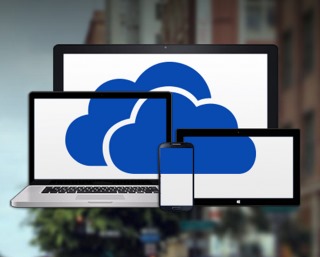
OneDrive file size limits jumps to 10GB, while syncing, sharing and uploading improve
A couple of weeks ago it looked as though Microsoft was lifting the 2GB file size limit for OneDrive users. Although no announcement was made, some users of the cloud storage service found that they were able to sync files larger than 2GB. Now, the increase in supported file size is official. OneDrive users can now upload files up to 10GB in size, bringing Microsoft's service in line with Dropbox and Google Drive. This is the latest example of Microsoft responding directly to user feedback, specifically a UserVoice thread in which users called for the 2GB file size limit to be banished.
Today Jason Moore, Group Program Manager of OneDrive, responded to the demands with a simple message: "We're proud to announce OneDrive now supports up to 10 GB files". While this is not quite the unlimited file size some people were looking for, it is a big improvement and something that will be widely welcomed. Considering the free version of OneDrive offers 15GB of storage, it is now possible to fill up your account with just two files. If you're an Office 365 customer with access to 1TB of space, you'll need to upload at least 100 files.
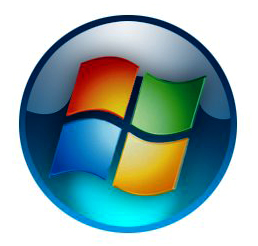
Gartner: Now is the time to prepare for Windows 7's end of life
Although Windows XP’s end of life date was set in 2007, many firms failed to completely remove all trace of the aging OS by the time the deadline arrived. In fact, it’s claimed that around 53 percent of businesses still have XP running somewhere in their organizations.
End of support for Windows 7 is set for January 2020 (some way off still, and Microsoft may push it back further), but Gartner says firms need to start planning for it now if they want to avoid finding themselves in a similar situation as many did with XP.

Windows 8.x loses market share for second consecutive month
Windows 9 can’t come soon enough for Microsoft, as Windows 8.x continues to lose market share, according to the latest usage data from Net Applications.
Last month I reported that in June Windows 8.x had gone into reverse gear, losing market share for the first time, and posed this question -- "Statistical anomaly or downward trend?" It’s too early to call it a "trend" but anyone who expected the tiled OS to make a recovery in July will be disappointed by the latest set of figures. There’s a striking difference this time around too -- both Windows 8 and 8.1 show drops in July. Ouch.

Windows 8.x goes into reverse gear -- loses market share as both Windows 7 and XP show growth
I’ll be honest, although Windows 8.x losing market share is a shocking state of affairs -- and a new low for an operating system which has struggled since launch -- it’s something that’s been coming for a while. Windows 8 has been dropping share since Windows 8.1 arrived, and Windows 8.1 has been growing at such a glacial pace it was only a matter of time before the losses outweighed the gains, and that’s exactly what happened in June according to NetMarketShare.
In a month where Windows 7 and Windows XP -- the OS that refuses to die -- both gained market share, "new Windows" shifted into reverse gear and began shedding users.
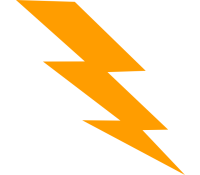
Troubleshoot Windows 7 and 8 service triggers with Service Trigger Editor
If you’ve ever spent time troubleshooting low-level PC problems then you’ll know that understanding Windows services can be very helpful. The standard Services applet (Win+R > services.msc) tells you a lot about what’s happening on your system -- but there is one important exception.
Windows 7 and 8 support service "triggers", a mechanism which allows Windows services to start when a particular event occurs (a device is plugged in to the computer, say). The Services applet highlights these by listing their Startup Type as "Manual (Trigger Start)" or "Automatic (Trigger Start)", but double-click a triggered service and it won’t tell you anything more.

Microsoft patches Windows 8.x but leaves Windows 7 vulnerable, according to researchers
Around 50 percent of PC users are on Windows 7, while just 12 percent are running Windows 8.x, yet Microsoft is leaving the more popular OS vulnerable to zero day attacks by choosing to only patch the newest Windows version. That’s the findings of two security researchers who built a tool to compare 900 libraries in Windows 8 with their Windows 7 counterparts.
"If Microsoft added a safe function in Windows 8, why does it not exist in Windows 7? The answer is simple, it’s money -- Microsoft does not want to waste development time on older operating systems. They want people to move to higher operating systems," security researcher Moti Joseph claimed in a presentation at the Troopers14 conference in Heidelberg, Germany.

Normal service is resumed as Windows 7's growth once again comfortably outpaces Windows 8.x
Windows XP users might be able to (sort of) cheat the aging operating system’s end of life, but ultimately the only real way to stay safe is, as Microsoft says, by upgrading to a newer, more modern version of Windows. NetMarketShare’s monthly snapshot of the desktop OS share trend shows users are continuing to slowly migrate away from XP. The OS’s share dropped 1.02 percent from 26.29 percent in April to 25.27 percent in May.
So the question is, where are XP users moving to? I think you probably know the answer to that by now.

Windows 7 shows higher infection rates than XP in last quarter of 2013
The latest Security Intelligence Report from Microsoft reveals that malware infection rates soared in the final quarter of last year thanks mainly to three threats.
Infection rates measured in computers cleaned per thousand (CCM -- yes M, it uses the Latin for thousand) rose from 5.6 in Q3 to 17.8 in Q4 of last year on the back of the Win32/Senfit click fraud bot, along with two new distribution methods. Win32/Rotbrow, a program claiming to protect from browser add-ons, and Win32/Brantall which acts as an installer for legitimate applications but also bundles less welcome things.
